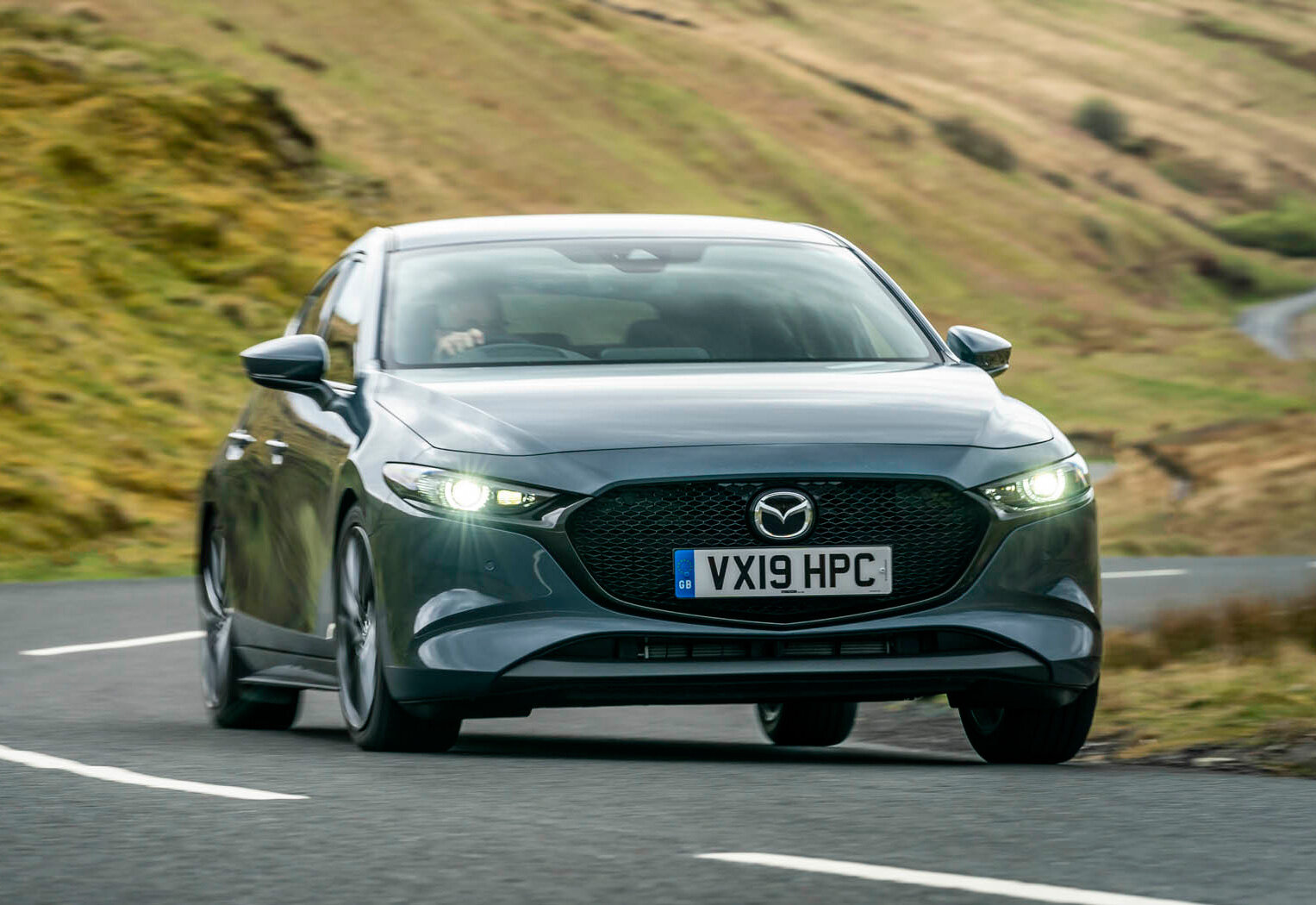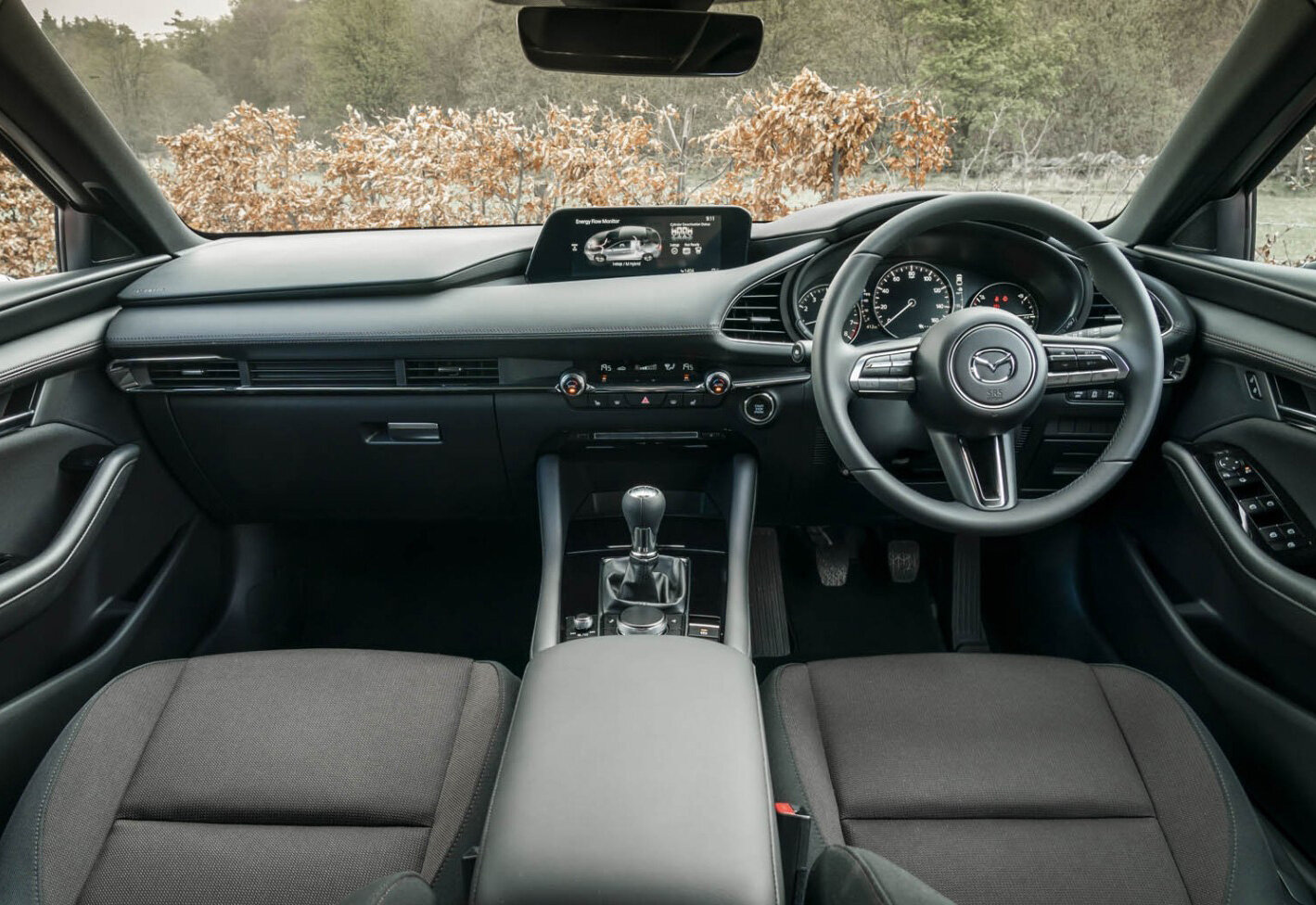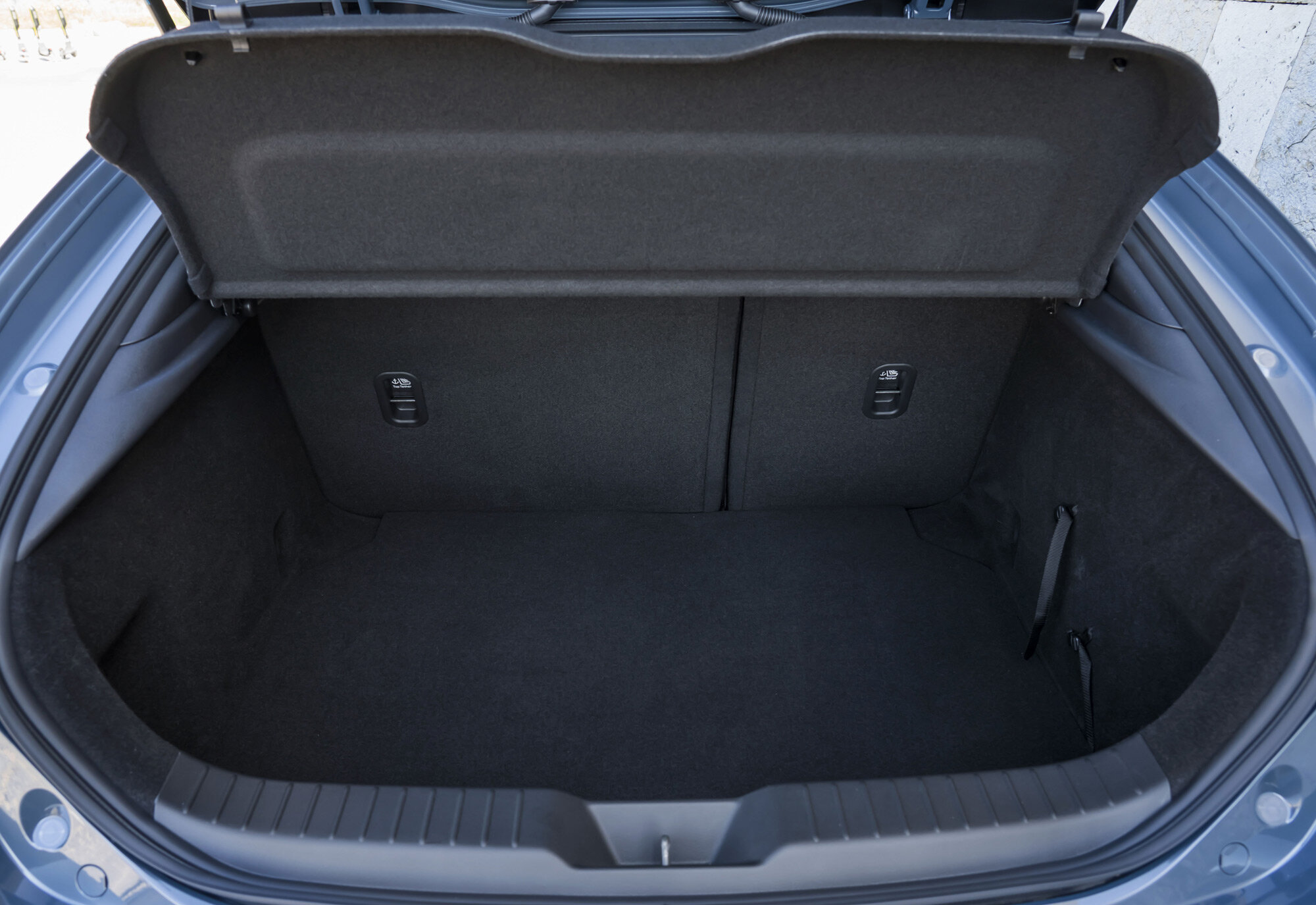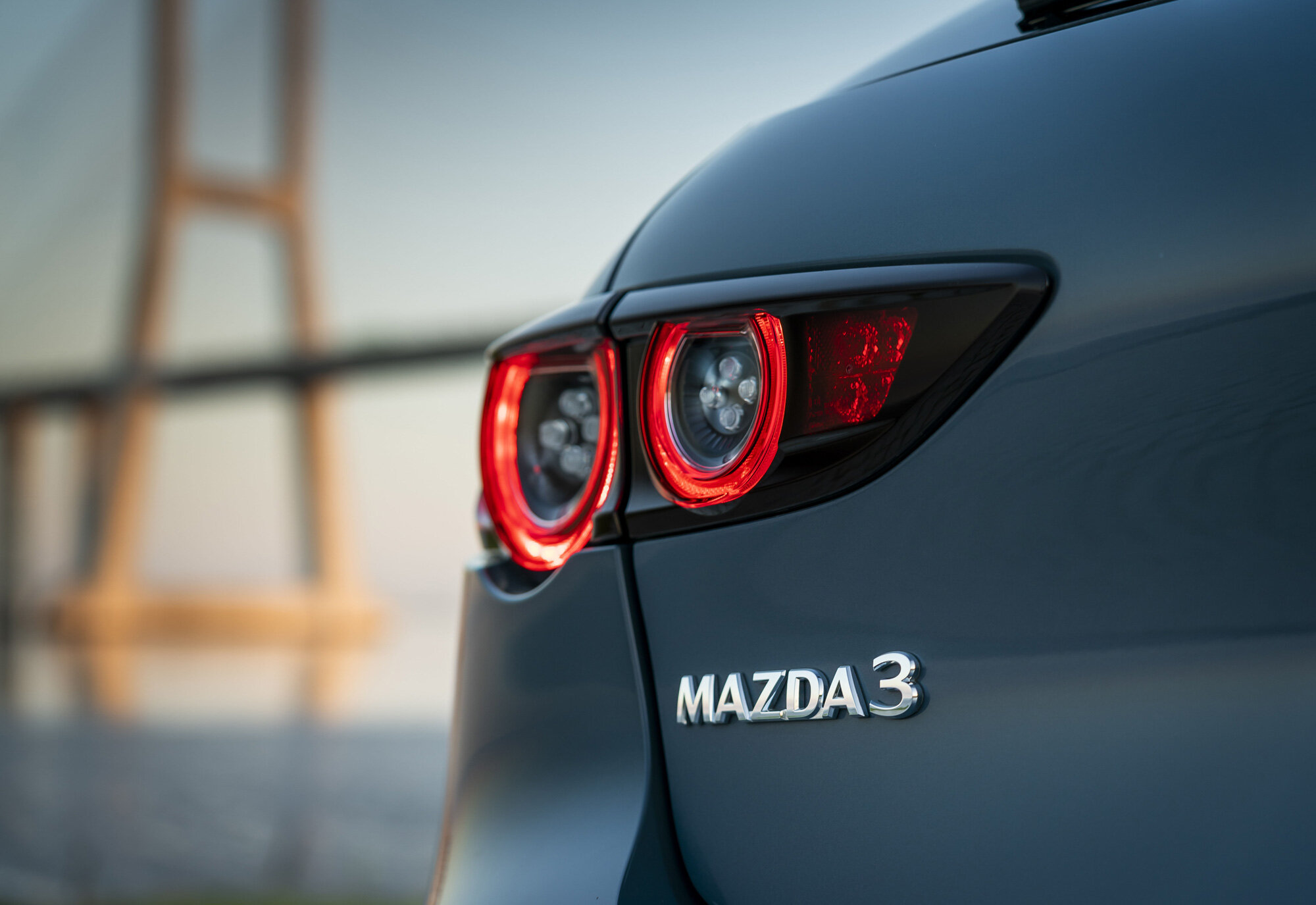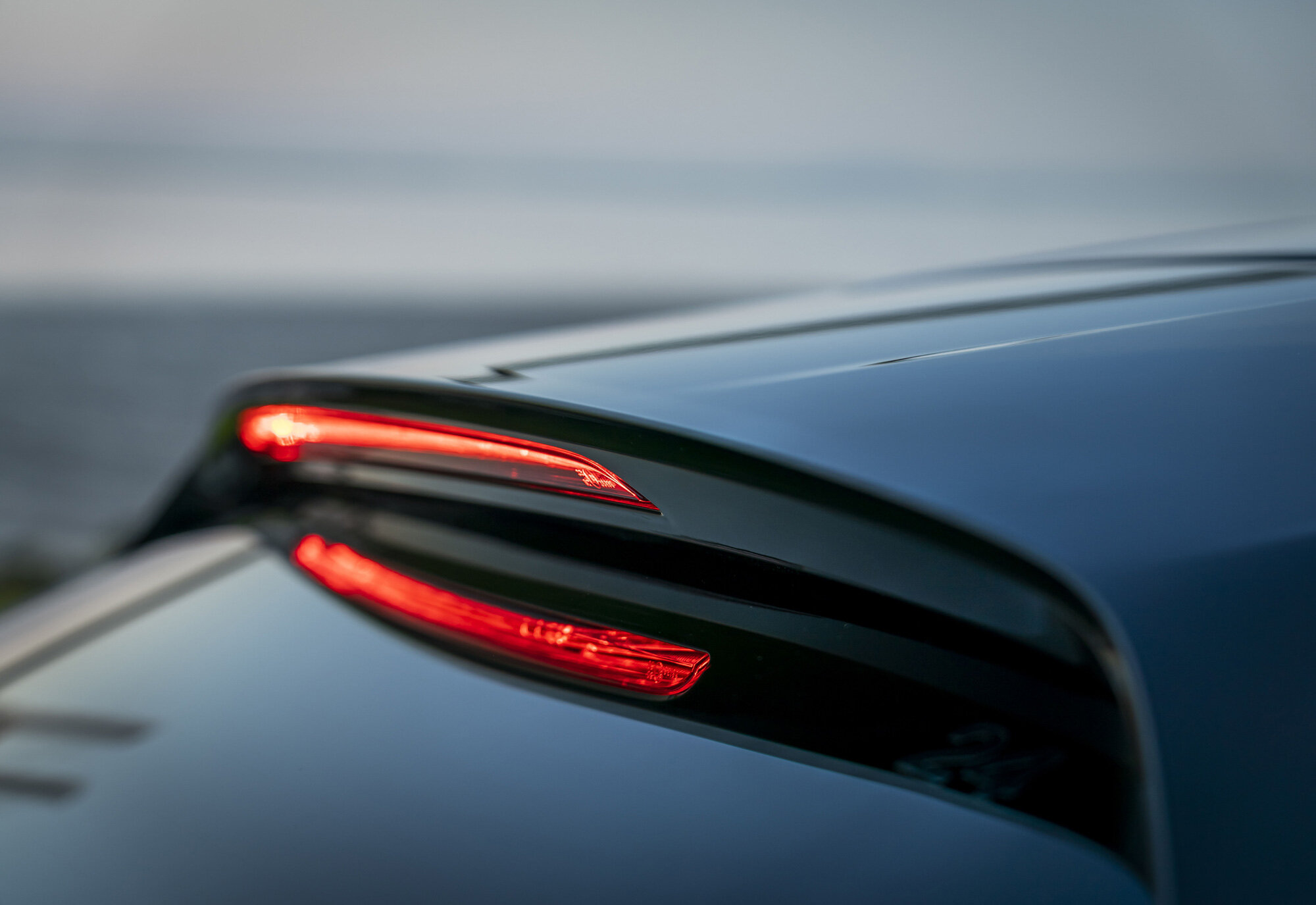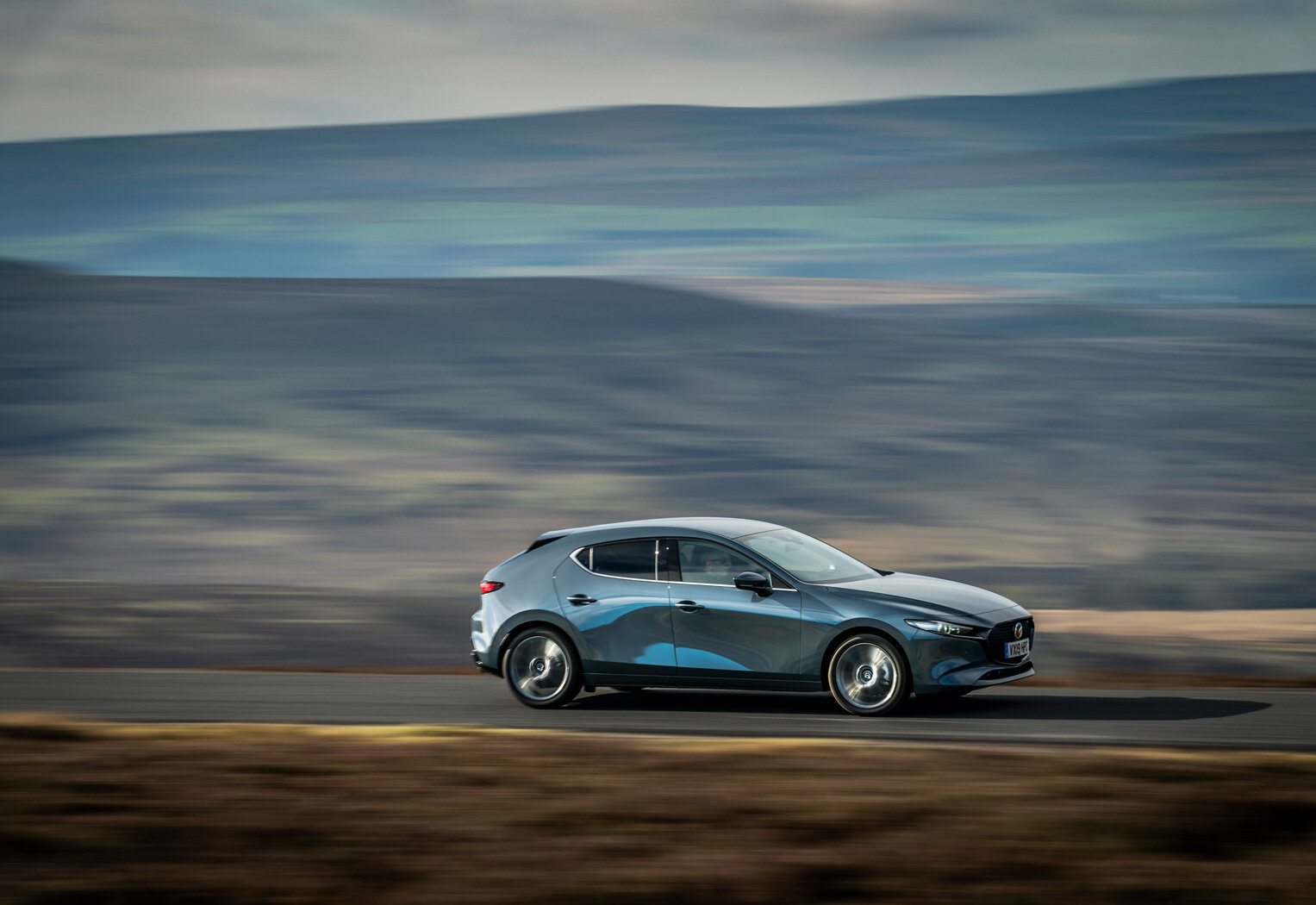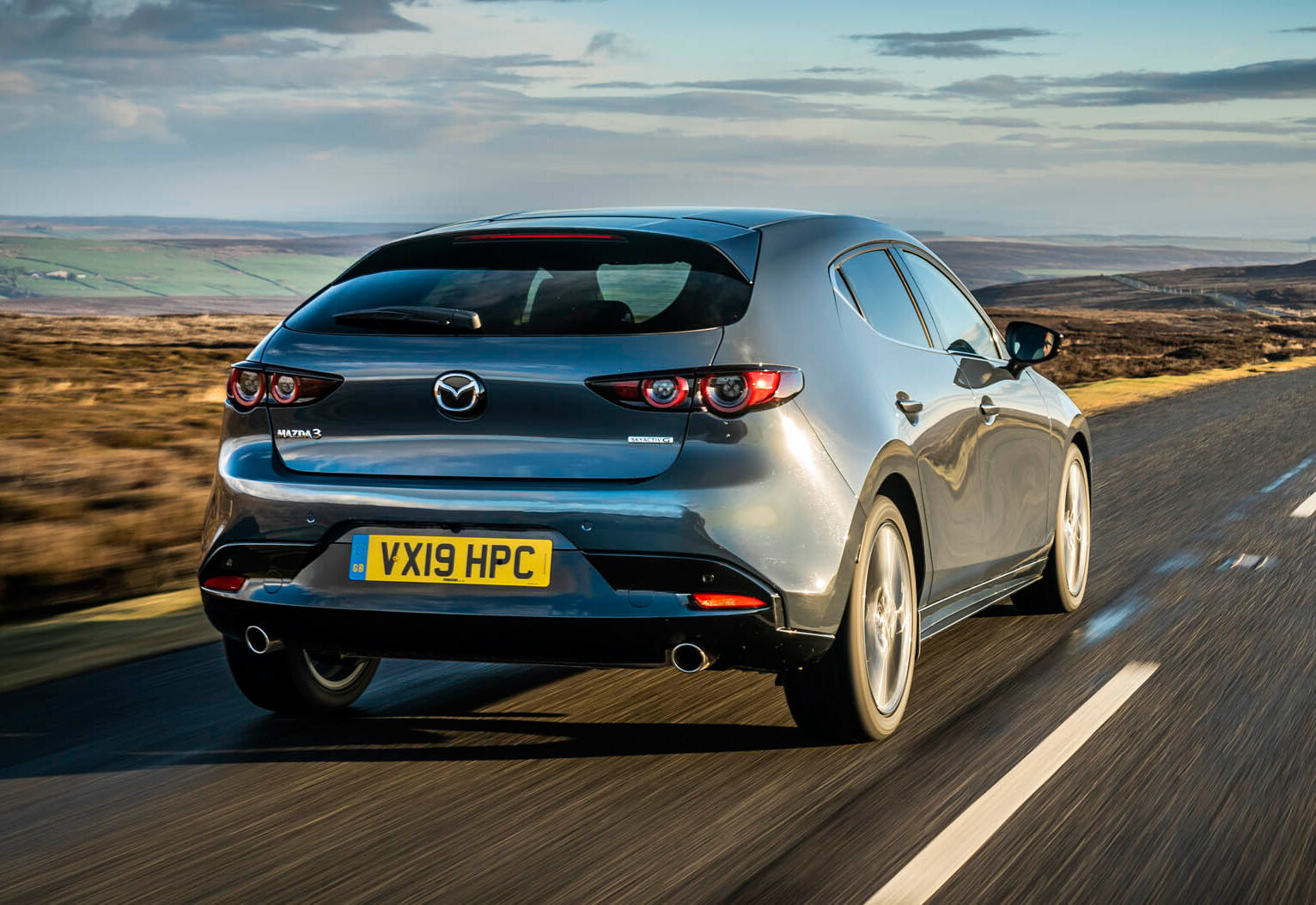Described by Mazda officials as their most important vehicle launch in a decade, Massimo Pini went along to find out if the all-new Mazda3 lives up to its hype.
As the first of a new generation of cars, the mid-size Mazda3 hatchback (a 4-door saloon variant will follow in October) heralds clever new technologies, premium materials, greater efficiency and distinctive styling.
Mazda has always championed stand-out vehicle design (they have won numerous awards for doing so) and forthcoming production vehicles - starting with the Mazda3 - are to follow a minimalist aesthetic which is said to sit between the designs of two particularly striking concept cars – the RX-Vision presented at the Tokyo Auto Show of 2015 and the Vision Coupe which made its world debut two years later at the same show.
There’s no denying that the new Mazda3 has a striking look, particularly when viewed from the rear three quarters or from the side where its large c-pillar lends the 5-door hatch a more coupe-like profile.
In this modern age when we tend to assume that every product is designed and developed on a computer using sophisticated 3D modelling software, it’s somewhat reassuring to learn that Mazda’s designers are still working alongside traditional clay modellers, keeping alive the art of sculpture as a key part of the Japanese carmaker’s design process.
The concave side panel is a key feature of the 3’s design which is otherwise pure and uncluttered. The design team’s goal was to make it look dramatic even when standing still. I’ll leave you to judge whether that’s been achieved, but to my eyes, it’s certainly a handsome machine when sitting on the GT’s 18-inch rims (although I find it a little ‘over-bodied’ on 16s).
Inside, the approach is also minimalist but also very much driver-centric with key controls positioned symmetrically around the steering wheel. The overall ambience represents a clear step change for the Mazda3 - and possibly the brand as a whole. Part of this is down to a total of 49 NVH (Noise, Vibration and Harshness) enhancements over the outgoing model which There’s no doubting the extra soundproofing also helps you enjoy the new 8-speaker audio system – a 12-speaker BOSE affair on higher-spec models – all the more.
As with the exterior, the key is elegance and simplicity; an absence of clutter. Soft-touch materials abound and all models get a sleek, slimline 8.8-inch touchscreen display with navigation, although full leather upholstery is reserved for high spec GT Sport models.
Standard equipment also includes a colour head-up display, traffic sign recognition, radar cruise control, LED headlights and Android Auto/Apple CarPlay on every model.
Legroom and headroom are competitive both up front and in the rear, despite the sloping roofline. Perhaps the only gripe, albeit a minor one, is the compromised rear view due to those thick C-pillars; they make visibility at acutely angled junctions rather tricky.
The two engines on offer are the 2.0-litre SkyActiv-G petrol producing 122PS (expected to be the more popular among buyers), and the 116PS 1.8-litre SkyActiv-D diesel. The petrol models kick off from £20,595 while the diesels start from £22,395.
We put both engines through their paces on an extensive test route that took in some spectacular scenery along fast, clear roads, setting off from central Scotland and heading south through the Borders into Northumberland.
The diesel stood out as the sweeter power unit of the two. With bags of torque, it really came into its own on the undulating country roads as they started to sweep uphill, while remaining totally refined and quiet (remember those 49 NVH gains) to the point that we soon forgot we were driving an oil-burner. A number of county councils have currently got it in for diesel engines, but if trips into city centres are not part of your personal travel agenda, then you’ll also enjoy the fuel consumption advantage, as the diesel averages 11mpg more than its petrol-powered sibling.
Let’s not, however, totally dismiss the petrol version – a mild hybrid with cylinder deactivation. It too is very quiet and fun to drive through the same, sweet-shifting, short-throw manual gearbox, but it lacks a little punch, taking over 10 seconds to reach 62mph.
So if performance really matters to you, then you might prefer to wait for Mazda’s new SkyActiv-X engine, which will be the world’s first production petrol unit to use compression ignition. Boasting an air and fuel mixture said to be 2-3 times leaner than in conventional engines, plus 30 per cent more torque and 20 per cent better fuel efficiency, the power unit will be mated to all-wheel drive.
So there’s more to come from the Mazda3, a car that’s already setting new standards for the brand, with its stylish looks, premium cabin and rewarding driving dynamics.
Prices start from £20,595 for a 2.0-litre SkyActiv-G petrol in entry-level SE-L trim rising to £26,395 for a SkyActiv-D GT Sport diesel.

